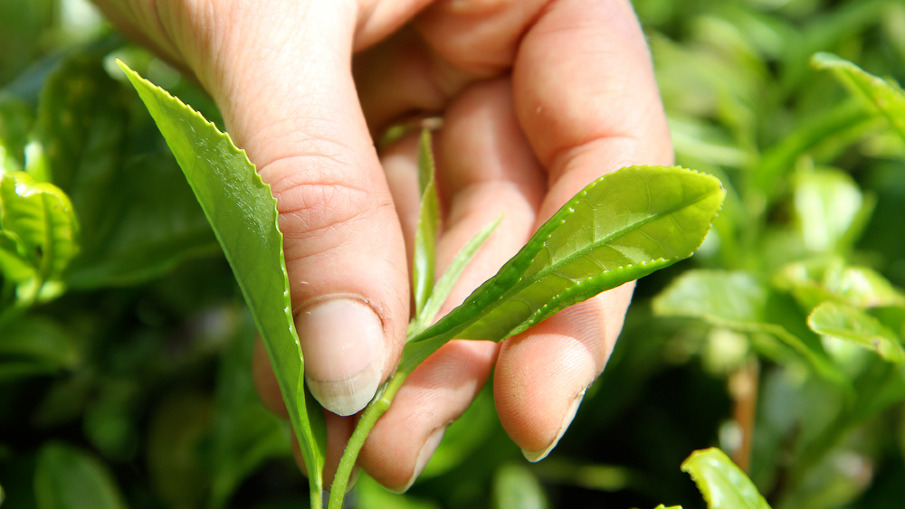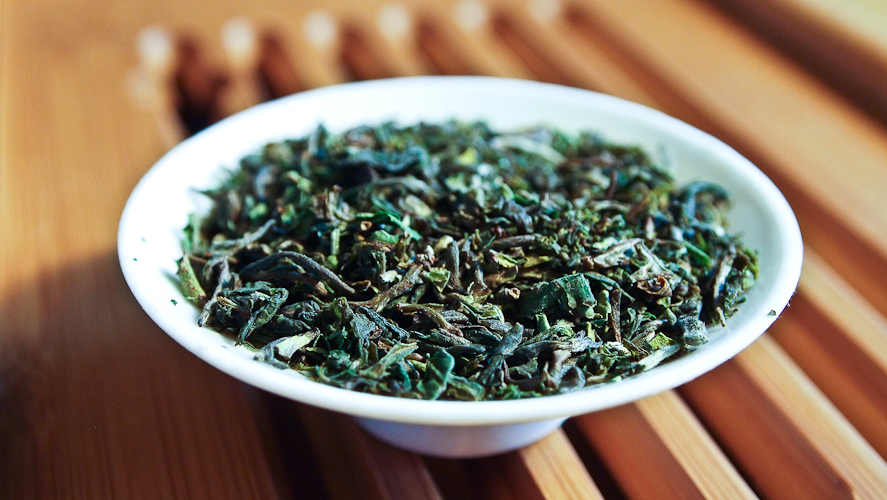Harrods First Flush Darjeeling
A Review
Tucked away in the foothills of the snow capped Himalayan mountains of northeast India lies Darjeeling, 6000 feet above sea-level, you can see Mount Everest from here on a clear day.
Tea planting in Darjeeling began in 1841 by Dr. Campbell, a civil surgeon of the Indian Medical Service. Campbell was transferred to Darjeeling in 1839 and used tea seeds from China to begin experimental tea planting in his garden, a practice that he continued throughout the 1840s. So successful was Campbell’s experiment that in 1847 the government created tea nurseries in the area. Darjeeling now has eighty-seven tea gardens spread over seven valleys, which amounts to almost 50,000 acres of tea bushes.

Two leaves and one bud are plucked to produce Darjeeling first flush, the best of which are cultivated above 4000 feet and are prepared in the orthodox method. The tea possesses such aromatic qualities that it has earned the reputation as ‘the champagne of tea’. Similarly Darjeeling tea cannot be grown or manufactured anywhere else in the world, just like Champagne. The subtle muscatel flavour and magnificent aroma produced by this tea is a direct result of the soil and air, it’s a combination of the cool misty climate, the rainfall, the elevation and terrain. It is much sought after on world markets, fetching very high prices.
First flush Darjeelings are sometimes treated like Beaujolais Nouveau flown in ahead of normal shipments for eager customers to taste. Darjeeling tea bushes do not continue growing throughout the year, due in the most part to the climate and its high elevation.
Tea is picked between April and October when winter dormancy begins and growing stops. New growth begins in March after the first light spring showers. This is the first flush. The second flush is gathered in May and June. During the monsoon season from June onwards over 9 feet of rain falls on Darjeeling. Teas produced during this time contain a lot of moisture and are of standard quality.
It was with great pleasure that I recently sampled Harrods first flush Darjeeling from the Okayti Tea Estate. Located in the Mirik valley of Darjeeling, the estate is nestled on the banks of the river Mechi, at an altitude ranging from 1770 mtrs to 2360 mtrs. Okayti tea estate is spread across 608 hectares. The garden was first planted in 1888 and has been owned for generations by the Kumbhat family. The estate is known locally as ‘Rangdoo’.
Tasting Notes:
First flush Darjeeling is an acquired taste. To the undeveloped palette the taste is similar to that of green tea and can seem quite astringent. Harrods first flush Darjeeling is a good first flush and not dissimilar to a fine Oolong, one of my most favourite types of tea. If you experiment with this tea and it’s not to your liking then I would recommend trying the Second flush. Second slush has developed slightly more than first flush with a gentler more rounded flavour.
Appearance:
The green and brown leaves, with plenty of golden tip, have an attractive twisted appearance resembling that of autumn leaves on a forest floor.

Aroma:
The aromas are complex and not easily distinguished from one another. You’re wandering through a rose garden heavy in bloom. Immediately you’re whisked to the subtropics and you taste passion fruit picked fresh from the vine, it’s tartness lightly balanced with subtle hints of mango. All theses scents are set against a delicate almond note.
Colour in cup:
A very bright, clear and amber infusion. It literally looks like liquid gold.

